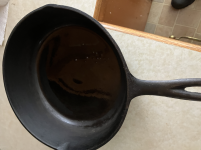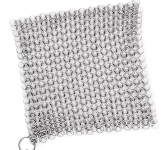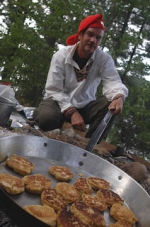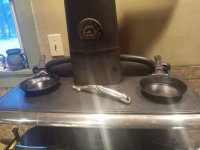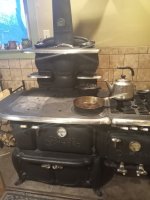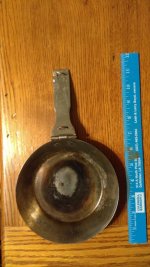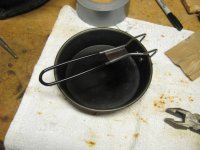- Joined
- Nov 19, 2013
- Messages
- 1,478
- Reaction score
- 538
I know many folks on this forum use cold handle frying pans but I'm wondering what sort of care do you give your pan? Do you have a particular way you clean your pan? How about storage between trips? Do you re-season it annually? After each trip? Bottom line, I'm just wondering what kind of care and feeding folks give to their pans to keep them in tip-top shape.
Thanks in advance for your tips. Take care and until next time...be well.
snapper
Thanks in advance for your tips. Take care and until next time...be well.
snapper

